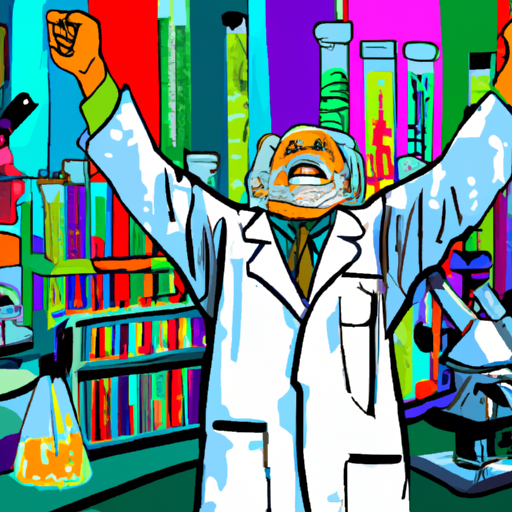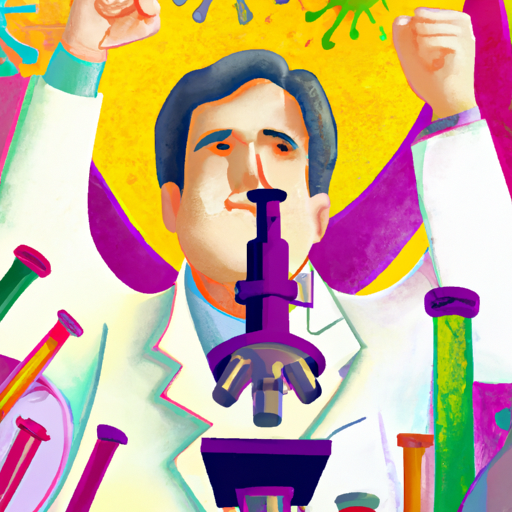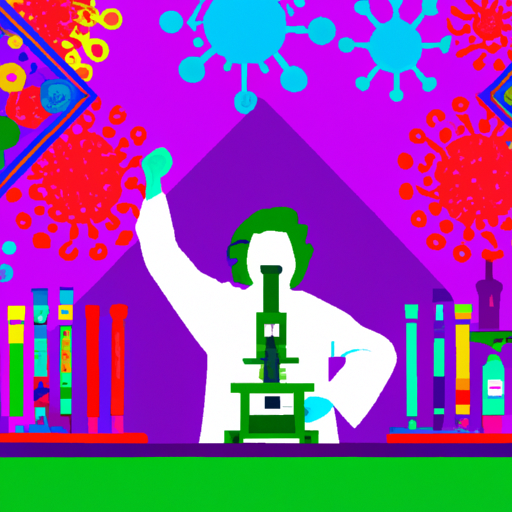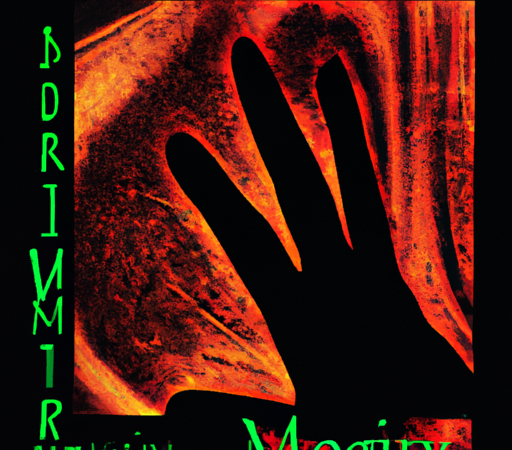The Creation of the Smallpox Vaccine: Eradicating a Deadly Disease

The Creation of the Smallpox Vaccine: Eradicating a Deadly Disease
Smallpox, a highly contagious and often fatal disease, plagued humanity for centuries. It caused widespread devastation, claiming countless lives and leaving survivors scarred both physically and emotionally. However, a significant breakthrough in medical history came in the form of the smallpox vaccine, paving the way for the eradication of this deadly disease.
The story of the smallpox vaccine begins with Edward Jenner, an English physician who lived in the late 18th century. Jenner observed that milkmaids who had contracted cowpox, a milder disease, seemed to acquire immunity to smallpox. Intrigued by this phenomenon, he embarked on a series of experiments that would eventually lead to the development of the first vaccine.

In a momentous breakthrough, Jenner hypothesized that exposure to cowpox could provide immunity against smallpox. On May 14, 1796, he decided to put his theory to the test. Jenner obtained cowpox material from a milkmaid named Sarah Nelmes, who had developed the disease through contact with infected cows. Using this material, he inoculated James Phipps, an eight-year-old boy, by transferring a small amount of the cowpox pus into a scratch on his arm.
Weeks later, Jenner exposed Phipps to smallpox, expecting the worst. To his immense relief, the boy showed no signs of illness. Jenner's experiment proved successful, and he named his revolutionary technique vaccination, derived from the Latin word "vacca" meaning "cow."
News of Jenner's breakthrough spread rapidly, and the smallpox vaccine soon gained popularity. Yet, the method faced initial skepticism within the medical community. Some debated its efficacy, while others worried about the ethics of injecting humans with material derived from animals. Despite these reservations, the smallpox vaccine gradually gained acceptance.
With the introduction of the vaccine, efforts to combat smallpox became more organized and systematic. Vaccination campaigns were launched worldwide, aiming to reach as many vulnerable populations as possible. Governments recognized the vaccine's potential to curb the spread of the disease and implemented programs to promote its widespread use.

The success of vaccination was evident. Throughout the 19th and 20th centuries, smallpox cases declined steadily, thanks to the increasing coverage of immunization programs. The World Health Organization (WHO), established in 1948, dedicated considerable efforts to eradicating the disease globally.
Finally, on May 8, 1980, the WHO declared smallpox eradicated—the first disease to be completely wiped out through human efforts. It was a monumental achievement and a testament to the power of vaccines. The eradication of smallpox instilled hope for the potential elimination of other diseases, inspiring scientists and medical professionals worldwide to tackle the next health challenges.
The smallpox vaccine's creation and the subsequent eradication of the disease is a remarkable story of human ingenuity, perseverance, and collaboration. It marked a turning point in the history of medicine, highlighting the crucial role of vaccines in preventing and controlling deadly diseases.
Today, as the world faces new diseases and outbreaks, the smallpox vaccine serves as a shining example of what can be achieved through scientific research and global cooperation. It reminds us of the power of vaccinations in saving lives and safeguarding humanity from the clutches of deadly diseases.






